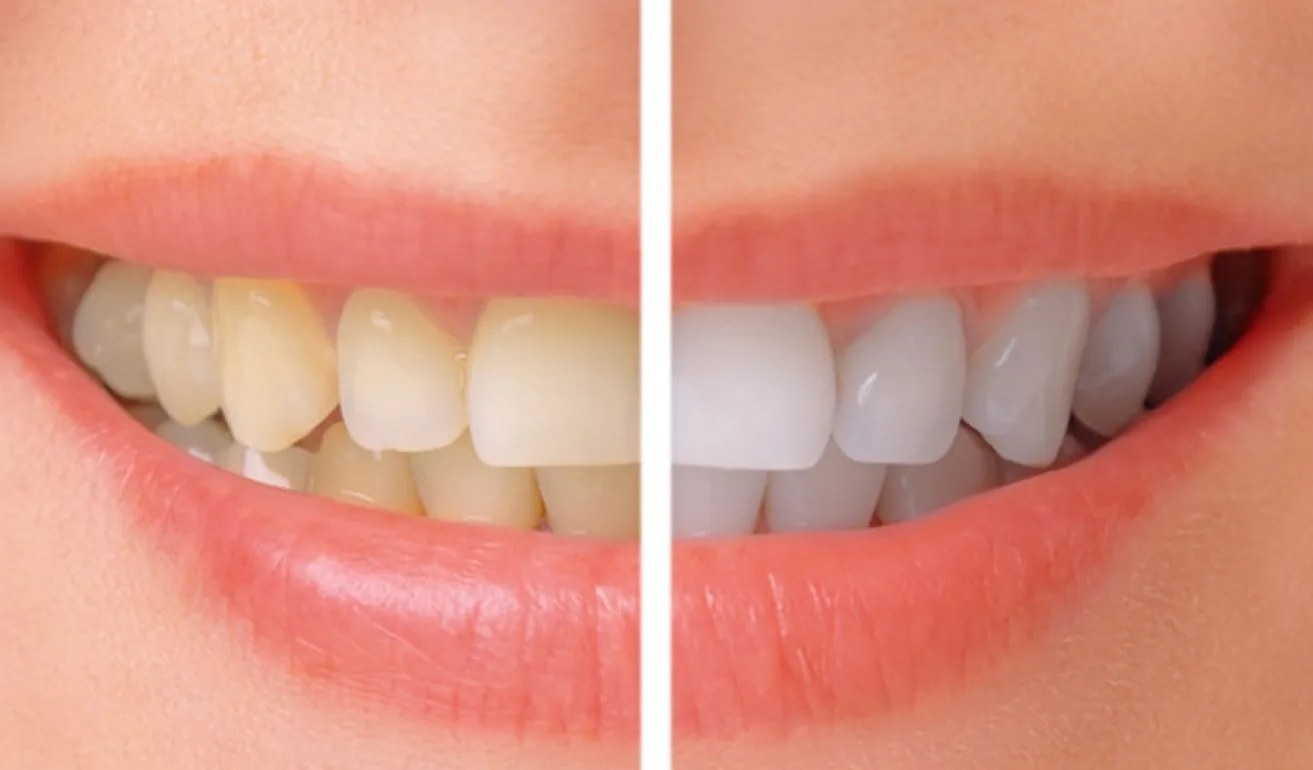What is Teeth Whitening?
Teeth whitening, also known as teeth bleaching, is a popular cosmetic dental procedure designed to lighten the color of your teeth and remove stains and discoloration. Over time, teeth can become stained due to various factors, including aging, the consumption of certain foods and drinks like coffee, tea, and red wine, and habits such as smoking. The process involves using whitening agents, usually containing hydrogen peroxide or carbamide peroxide, to penetrate the enamel and dentin of the teeth, breaking down the stain molecules and restoring a brighter, whiter smile. It’s a widely sought-after treatment, offering a significant boost to a person’s confidence and overall appearance. Understanding the different methods and potential risks is key to making informed decisions about your oral health.
Different Methods of Teeth Whitening
Several methods are available for teeth whitening, each with its own set of advantages and considerations. These methods range from professional treatments administered by dentists to over-the-counter products available at your local pharmacy. The choice of method often depends on the severity of the staining, your budget, and your desired results. It is crucial to understand the different options to choose the one that best suits your needs and oral health condition. Each method employs a different approach and uses varying concentrations of whitening agents, impacting the speed and intensity of the whitening process.
In-Office Whitening
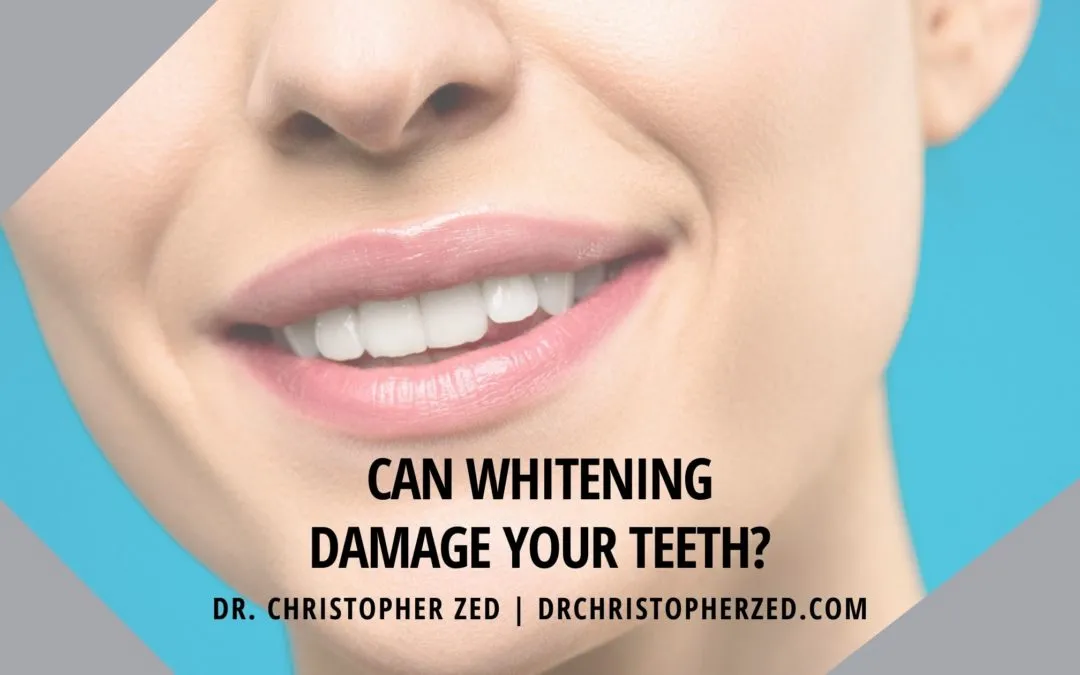
In-office whitening, performed by a dentist, is the most effective and fastest method for achieving a brighter smile. The dentist applies a high-concentration whitening gel to your teeth, and often uses a special light or laser to accelerate the whitening process. This procedure typically takes about an hour and can significantly lighten your teeth in a single session. The professional setting ensures the safe application of strong bleaching agents, minimizing the risk of damage to your gums and teeth. Dentists can also address any pre-existing dental issues that might affect the whitening results, such as cavities or gum disease. This method usually offers the most dramatic and immediate results, making it a popular choice for those seeking rapid improvement.
At-Home Whitening Kits
At-home whitening kits provide a convenient and more affordable option for teeth whitening. These kits typically include custom-fitted trays that you fill with a lower-concentration whitening gel and wear for a specified period each day or night. Your dentist can provide these custom trays, or you can find generic options over-the-counter. The process generally takes several weeks to achieve noticeable results. While at-home kits offer flexibility and can be done in the comfort of your home, they require diligent adherence to the instructions for optimal results. It is essential to follow the directions carefully to minimize the risk of side effects, such as tooth sensitivity and gum irritation. Always consult your dentist before using at-home kits to ensure they are suitable for your specific oral health condition.
Whitening Toothpastes and Rinses
Whitening toothpastes and rinses are readily available over-the-counter and are designed to remove surface stains and maintain a brighter smile. These products often contain mild abrasives or chemical agents that gently scrub or dissolve stains. They are less potent than professional whitening treatments and provide more subtle results. While they can help improve the overall appearance of your teeth, they generally do not change the natural color of your teeth. Regular use of whitening toothpastes and rinses can help maintain the results of other whitening treatments and prevent new stains from forming. However, it is crucial to choose products that are safe for your enamel and do not cause excessive abrasion.
Potential Risks of Teeth Whitening
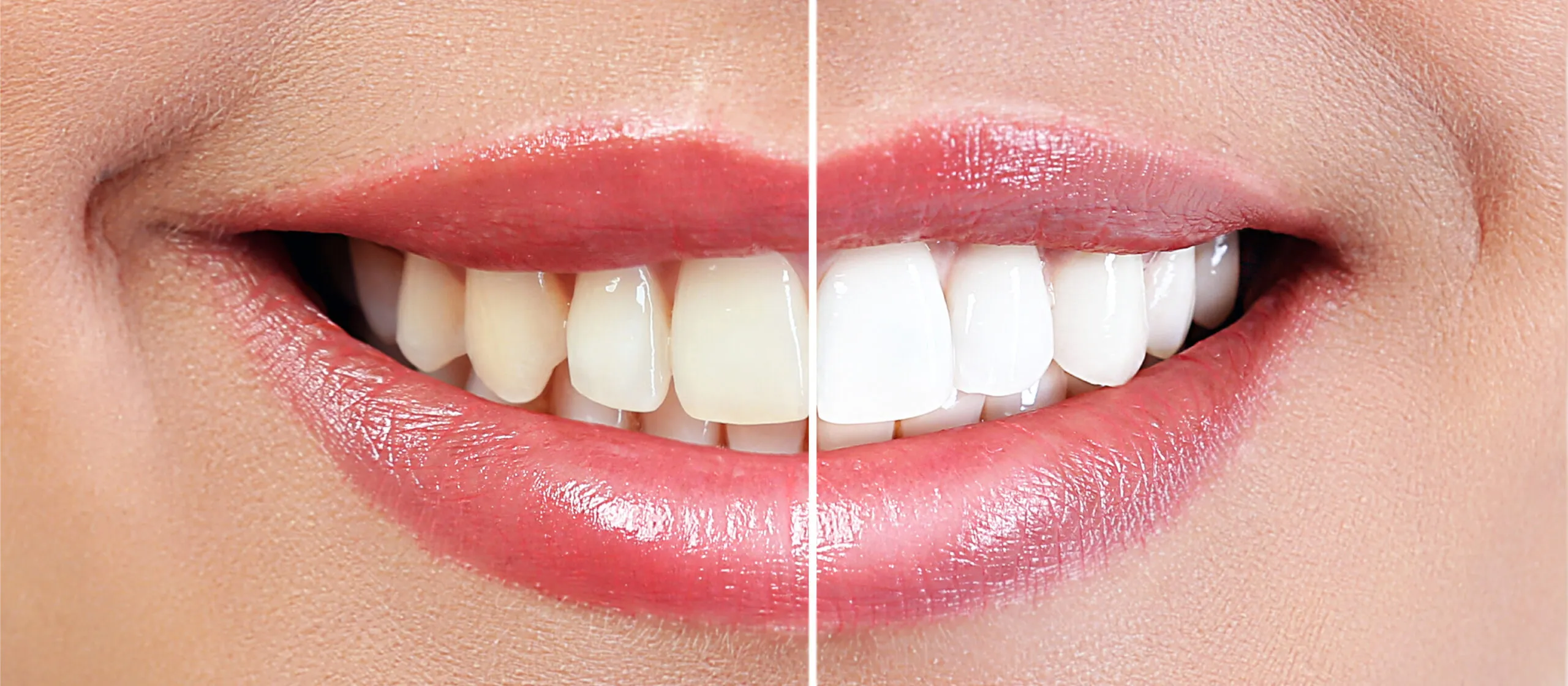
While teeth whitening is generally safe, it is essential to be aware of potential risks and side effects. The most common side effects include tooth sensitivity and gum irritation. These side effects are usually temporary and resolve shortly after the treatment is completed. However, in rare cases, more serious complications can occur. Understanding these potential risks allows you to make an informed decision and take appropriate precautions to protect your oral health. It’s also critical to discuss your medical history and current oral health with your dentist before undergoing any whitening treatment to avoid potential complications.
Tooth Sensitivity
Tooth sensitivity is a common side effect of teeth whitening. The whitening agents can penetrate the enamel and reach the dentin, which contains nerve endings. This can cause temporary sensitivity to hot and cold temperatures, as well as pressure. Sensitivity usually subsides within a few days after the treatment is completed. Using desensitizing toothpaste containing potassium nitrate can help reduce sensitivity before, during, and after the whitening process. Your dentist can also provide fluoride treatments to strengthen your enamel and alleviate sensitivity. In some cases, dentists may recommend postponing the whitening treatment if sensitivity is severe.
Gum Irritation
Gum irritation, or gingivitis, is another possible side effect of teeth whitening. If the whitening agent comes into contact with your gums, it can cause inflammation, redness, and soreness. This is more likely to occur with at-home whitening kits if the trays do not fit properly, allowing the gel to leak. In-office treatments are usually performed with a protective barrier applied to the gums to prevent irritation. If gum irritation occurs, it is crucial to discontinue the whitening treatment and consult your dentist. Rinsing your mouth with water and avoiding aggressive brushing can help alleviate the symptoms until the irritation subsides. Careful application and following instructions can minimize the risk of this side effect.
Damage to Tooth Enamel
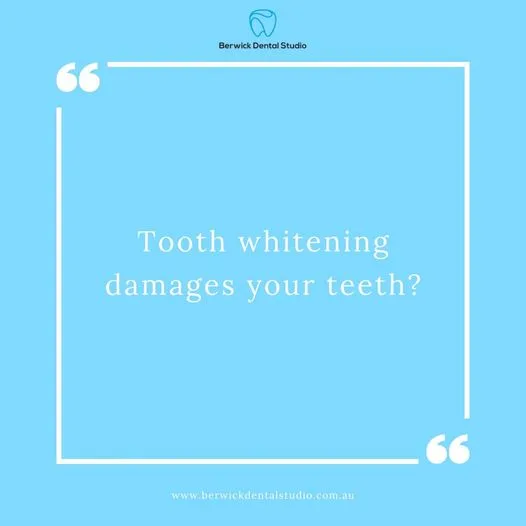
While the risk is generally low, there is a potential for teeth whitening to damage tooth enamel, especially with overuse or improper application. High concentrations of whitening agents can weaken the enamel over time, making teeth more susceptible to decay and sensitivity. Improperly fitted trays in at-home kits can allow the whitening agent to seep into the teeth, which can cause damage. Following the recommended instructions and consulting your dentist are essential to minimize this risk. The use of fluoride treatments can help strengthen the enamel and protect your teeth. If you experience any significant discomfort or changes in your teeth, consult with your dentist immediately.
How to Minimize Risks
Minimizing the risks associated with teeth whitening involves a combination of choosing the right method, consulting with your dentist, and following instructions carefully. Taking these precautions ensures that you can achieve a brighter smile safely and effectively. Understanding your oral health condition and potential risk factors is crucial. Regular dental checkups and professional advice can guide you through the process and help you achieve optimal results with minimal side effects. Careful planning and adherence to recommended guidelines are essential for maintaining your oral health and achieving your desired aesthetic outcomes.
Choosing the Right Whitening Method
Selecting the right teeth whitening method depends on your individual needs, budget, and oral health condition. In-office whitening is often the best choice for those seeking rapid and dramatic results. At-home kits provide a more convenient and budget-friendly option. Whitening toothpastes and rinses are suitable for maintaining a brighter smile and removing surface stains. Consult with your dentist to determine which method is best suited for your specific needs and oral health. Your dentist can assess your teeth and gums, identify any existing dental issues, and recommend the most effective and safe treatment option. Consider factors such as the severity of staining, your sensitivity level, and your willingness to commit to the treatment process.
Consulting Your Dentist
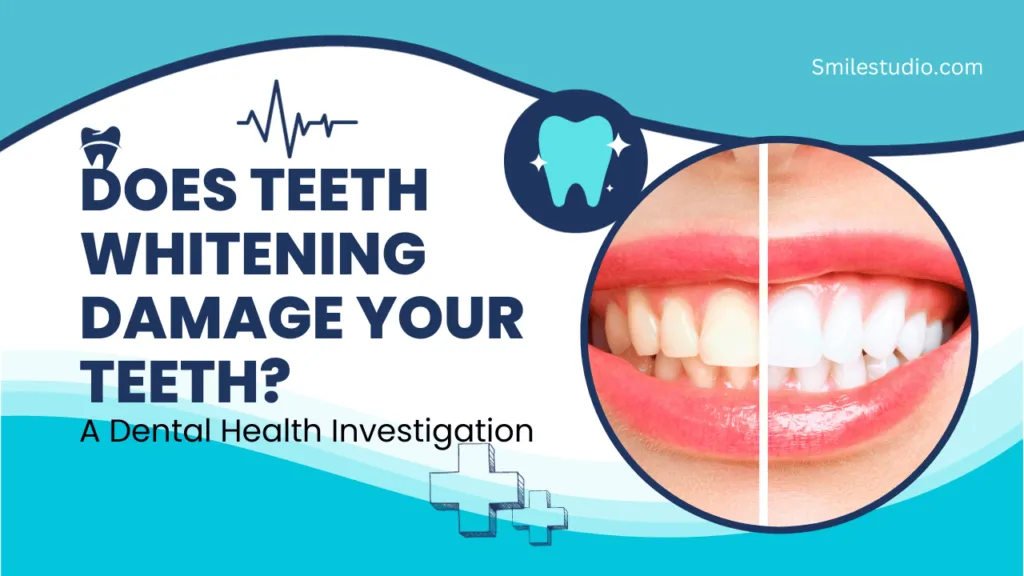
Consulting your dentist before undergoing teeth whitening is crucial for ensuring your safety and maximizing your results. Your dentist can assess your oral health, identify any existing dental issues, such as cavities or gum disease, and recommend the most appropriate whitening method. They can also provide custom-fitted trays for at-home whitening, ensuring a better fit and reducing the risk of gum irritation. Your dentist can also monitor your progress and address any concerns or side effects that may arise. Regular dental checkups and professional guidance are essential for maintaining optimal oral health and achieving the best possible outcome with teeth whitening. A professional evaluation can prevent potential complications and ensure you have a healthy and beautiful smile.
Following Instructions Carefully
Carefully following the instructions provided with your chosen whitening method is essential for minimizing risks and achieving the desired results. Whether you are using an at-home kit or undergoing in-office treatment, adherence to the instructions helps ensure the safe and effective use of the whitening agents. This includes the duration of treatment, the frequency of use, and any specific precautions to take. Overuse or improper application can increase the risk of tooth sensitivity, gum irritation, and even enamel damage. Always read and understand the instructions before starting any whitening treatment. If you have any questions or concerns, contact your dentist or the product manufacturer for clarification. Diligent adherence to the instructions will enhance the effectiveness of the treatment and protect your oral health.
Post-Whitening Care
Proper post-whitening care is essential for maintaining your brighter smile and minimizing any potential side effects. This includes practicing good oral hygiene, avoiding staining foods and drinks, and using desensitizing products if needed. Taking care of your teeth after whitening helps ensure that your results last and your teeth remain healthy. Implementing these practices will enhance the longevity of your treatment and safeguard your oral health. Regular dental checkups and proper maintenance will help you enjoy a radiant smile for years to come.
Maintaining Your White Smile
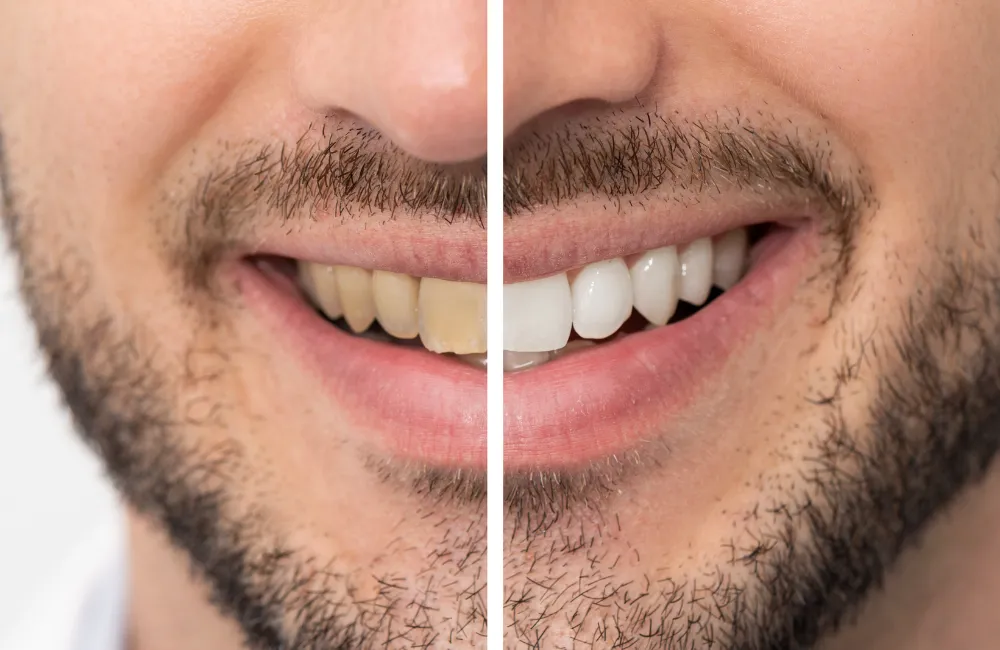
Maintaining your white smile requires consistent care and attention. Brushing your teeth twice a day with a fluoride toothpaste and flossing daily are essential for removing plaque and preventing stains. Regular dental checkups and cleanings can also help maintain your results and remove any surface stains. Consider using a whitening toothpaste or rinse to further enhance and preserve the brightness of your teeth. Avoiding or limiting the consumption of staining foods and drinks can also help maintain the results of your teeth whitening treatment. Combining these habits with diligent oral hygiene will ensure that you enjoy a beautiful and healthy smile for a long time.
Avoiding Staining Foods and Drinks
Certain foods and drinks can stain your teeth and diminish the effects of teeth whitening. To maintain your brighter smile, it is advisable to limit or avoid these items. Coffee, tea, red wine, and dark sodas are common culprits that can cause staining. Additionally, some foods, such as berries, soy sauce, and curries, can also contribute to discoloration. Rinsing your mouth with water after consuming staining foods and drinks can help minimize their impact. If you frequently consume these items, consider using a straw to reduce contact with your teeth. Regular brushing and professional dental cleanings will also help remove stains and maintain the results of your teeth whitening treatment. Making smart food and drink choices will help you keep your smile bright.
